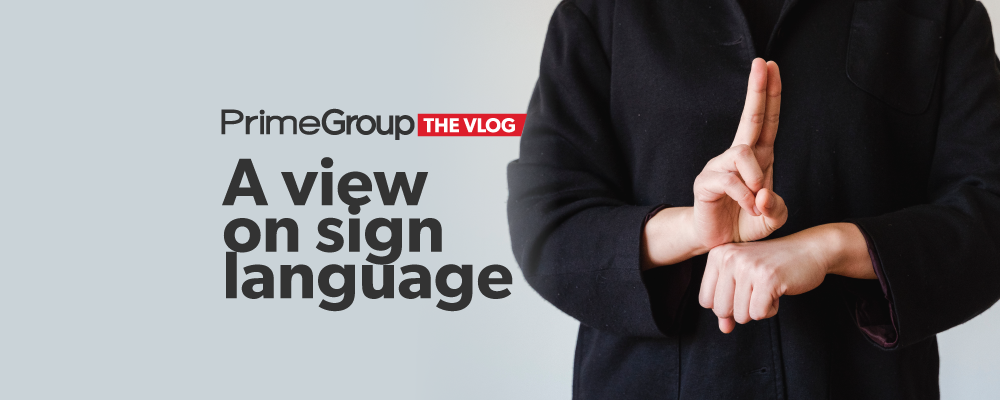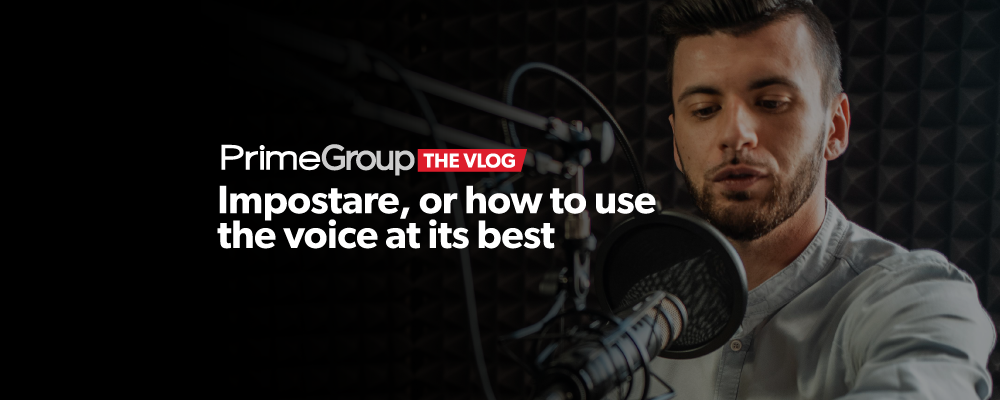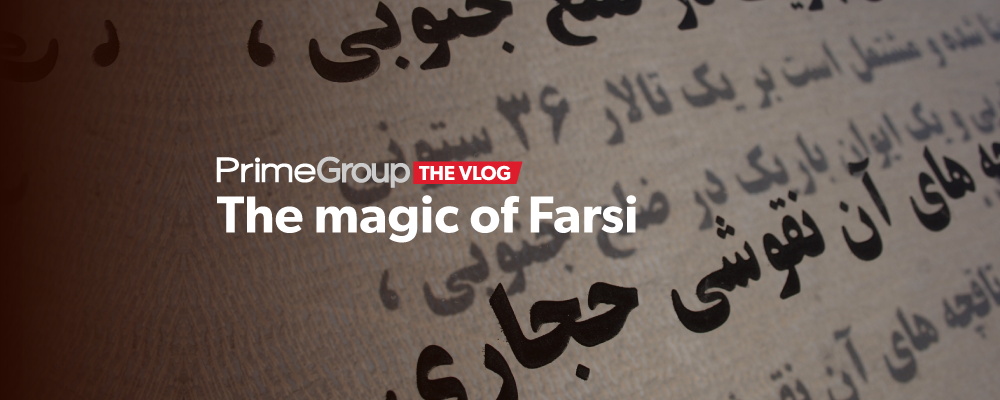Sign language, also known as signing, is a natural way of expressing oneself using hand movements, facial expressions, and body postures. It’s used by those who are deaf or hard of hearing to communicate. Stay tuned for more iformation about the sign language. Welcome to the Prime Group channel.
There are over 300 sign languages worldwide, used by more than 72 million people with hearing impairments. These languages are as complex as spoken languages, with their own grammar and vocabulary. They vary by region and culture, meaning there isn’t a universal sign language. For instance, if you learn English sign language and try to chat with a deaf Spanish person, you might not understand each other. However, there is an International Sign System that standardizes some signs.

It’s worth noting that the term “deaf-dumb” can be offensive. Many deaf people can speak, even if they can’t hear. So, it’s better to refer to them simply as “deaf.”
Now, let’s delve into some aspects of sign languages:
Origins:
It’s hard to pinpoint the exact origin of sign languages, but they probably developed naturally within deaf communities. The first documented references in Europe date back to the 17th century. Interestingly, Native Americans from the Great Plains used a sign language to communicate across different tribes.
Education:
In the 16th century, Jerónimo Cardano, an Italian doctor, believed deaf people could communicate using written symbols. Later, in 1620, Juan de Pablo Bonet from Spain published a method to teach the deaf using hand signals. By the late 18th and early 19th centuries, schools for the deaf were established in Europe and the US, playing a crucial role in standardizing and spreading sign languages.
Oralism Era:
In the 20th century, there was a push to suppress sign language in favor of oral communication. This approach dominated for years but was eventually rejected in favor of recognizing sign language’s value.
Recognition & Rights:
By the late 20th and early 21st centuries, many sign languages gained legal recognition in various countries. Deaf communities advocated for their rights, including the right to be educated in their mother tongue.
In today’s world, a lot has changed:
Technology: Modern technology provides tools for the deaf community. There are apps that translate text or speech into sign language. There are also special gloves that can translate sign language into text or speech.
Education: Nowadays, sign language is recognized as the primary language for deaf children in many countries, offering bilingual education.
Interpreters: The demand for sign language interpreters has risen, aiding in media, education, healthcare, and legal sectors.
Media: TV, movies, and social media have started to include more content in sign language or with subtitles.
Research: Ongoing research aims to understand sign languages better from linguistic, cognitive, and sociocultural viewpoints.
In summary, sign languages have evolved from their uncertain origins to their recognition today. Technology, rights advocacy, and public awareness have increased the appreciation of these languages and the deaf community. The UN has declared September 23rd as the International Day of Sign Languages.



